Red Panda Winter Festival is one of the most awaited cultural events in Sikkim that provides for an amazing time to both locals and visitors who travel here from far and wide. The festival primarily aims at increasing the influx of tourists during the leaner tourism months of the year thereby, also promoting the state’s economy and rich culture and cuisine. Preparations of this grand carnival begin days in advance with streets getting a makeover and proper infrastructure put in place to avoid any inconvenience for visitors. Also, hotels and resorts come up with special discounted offers, which not only prove beneficial for them but also for tourists.
While this festive season is a great time for any kind of a traveller to plan his trip to Sikkim, it is by far the best for adventure seekers who are always craving to bask in the glory of mountainous terrains; activities like trekking, mountain biking, river rafting and paragliding are organized throughout the region during this nine day timeframe, that too at promotional prices.
History of the Festival
Red Panda Winter Festival was previously celebrated under the name of Sikkim Winter Carnival and was aimed at promoting tourism in the state during the winter months. Starting 2016, it has been rechristened to honour the animal of the state, Red Panda, with other objectives being the same.
Duration of the Festival
Since it’s a winter festival, dates for the same, fall somewhere around December-January timeframe and which are decided and announced by the state tourism board every year. The nine day long carnival, mostly held at the Titanic Park of MG Marg in Gangtok, is a fiesta of culture, harmony, celebrations and ethnic food that brings together both, locals and tourists at the same platform.

Highlights & Important Rituals of the Festival
The festival starts with a cultural parade led by the festival mascot, Red Panda. This parade is always a showstopper and provides for a fascinating sight to behold with people dressed in ethnic attires dancing to the eclectic drumbeats. Following the parade is the nine day long itinerary of cultural programs, adventure sports competitions, photography contests, handloom & handicraft exhibits and flower shows, which are some of the major highlights of this festival and that keeps everyone busy and engrossed in the beautiful Himalayan state’s vibrant aura. An extravagant food fest, offering an elaborate spread of authentic Sikkimese cuisine including that of Lepchas, Nepalis and Bhutias, is also an integral part of this winter carnival that often grabs the attention of countless foodies and gastronomes.

















































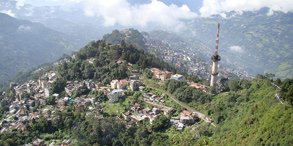
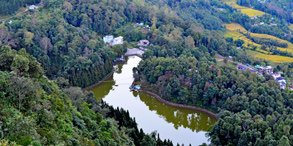
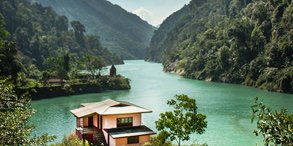
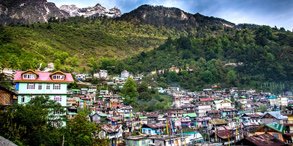
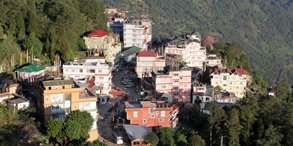
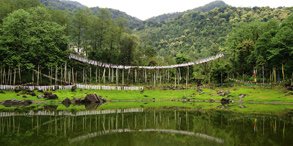
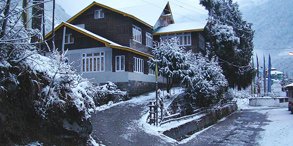
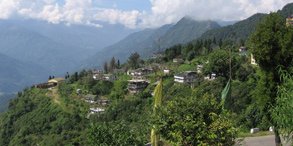
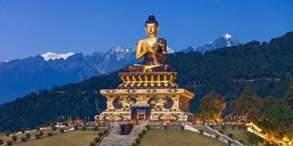
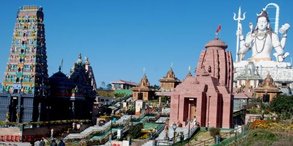
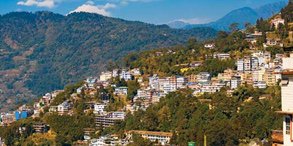
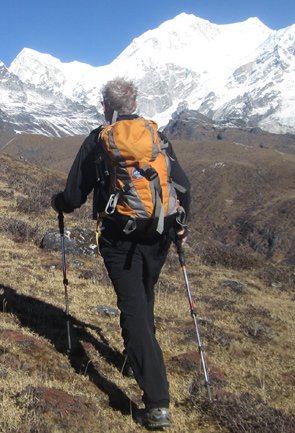
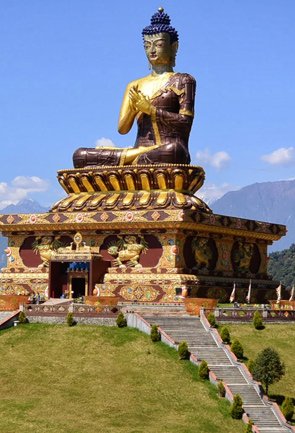

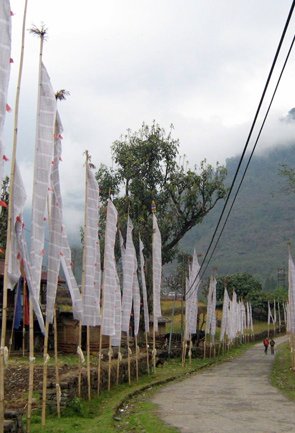
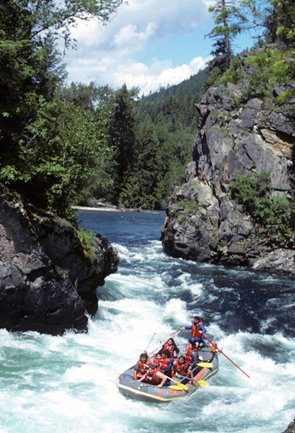

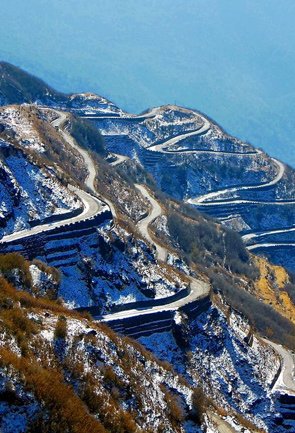

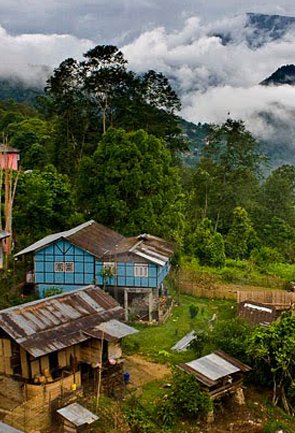
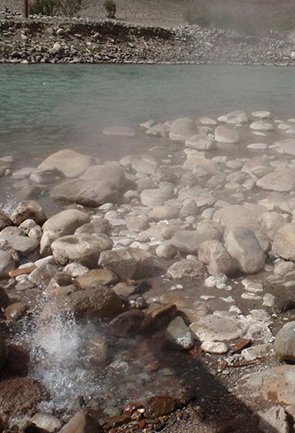
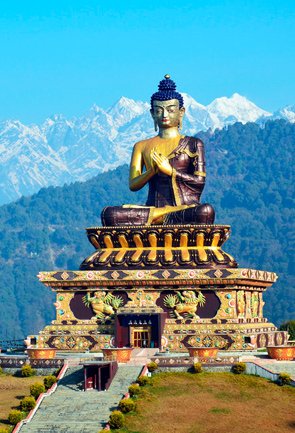

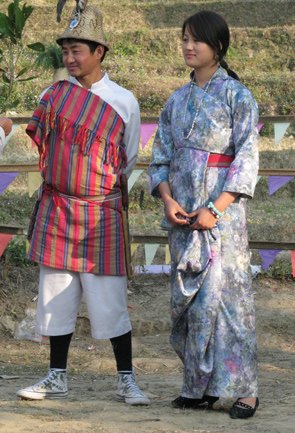
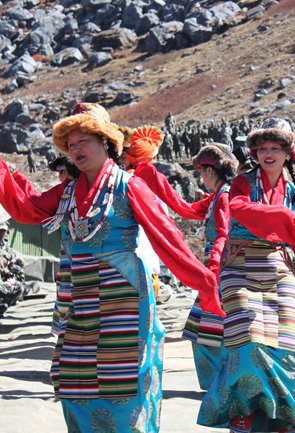
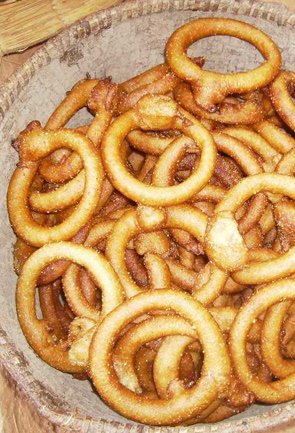


 Plan Trip
Plan Trip Call Us
Call Us Packages
Packages Home
Home